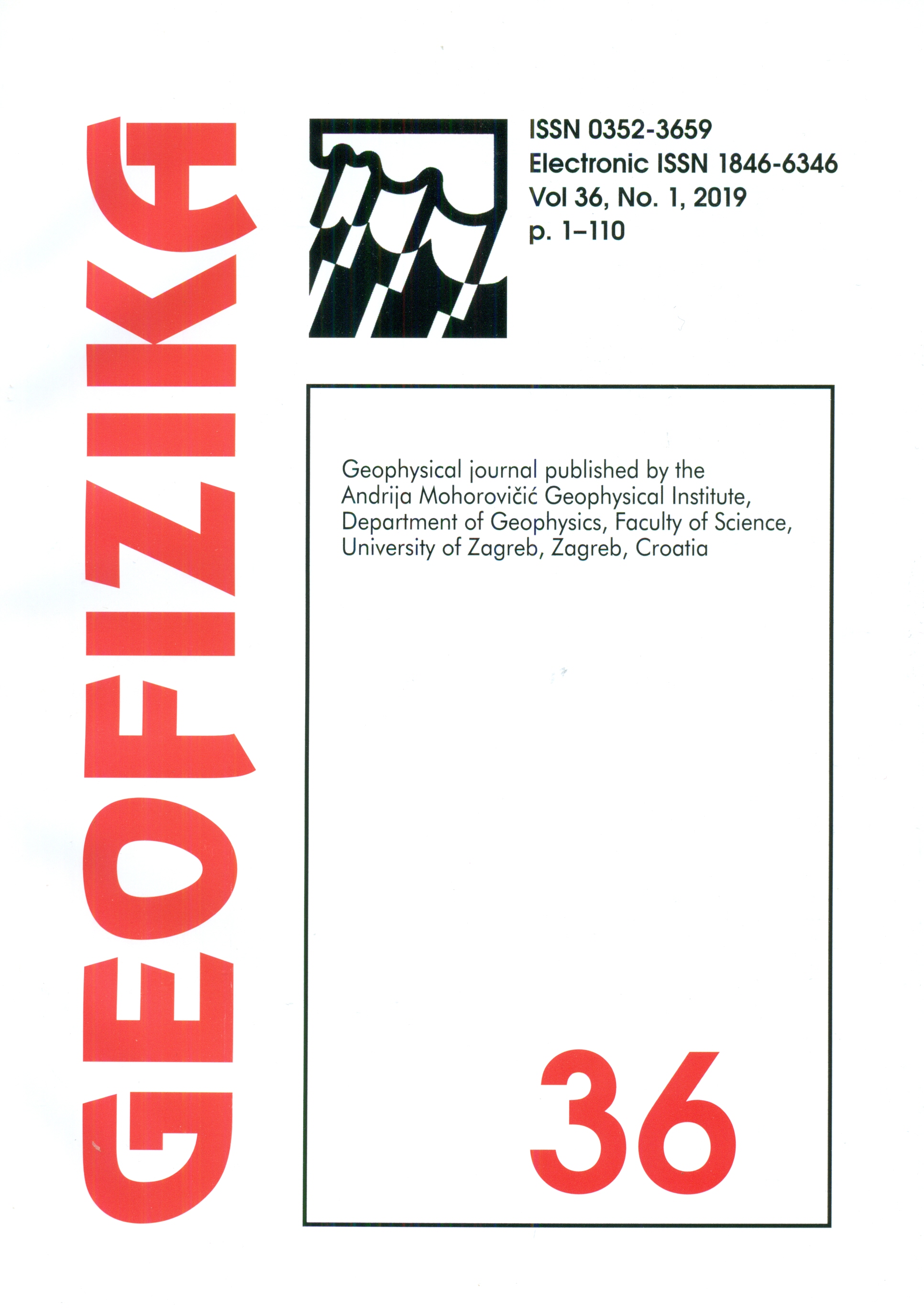Active surface deformations detected by precise levelling surveys in the Afyon-Akşehir Graben, Western Anatolia, Turkey
DOI:
https://doi.org/10.15233/gfz.2019.36.4Keywords:
Akşehir-Simav Fault System, surface deformation, digital levelling, Bolvadin fault, Western AnatoliaAbstract
In the actively deforming region of western Anatolia, crustal deformation is accommodated by destructive earthquakes and a variety of aseismic events. In this study, we investigated the 2016-2017 aseismic sequence located in the Bolvadin Fault, one of the segments of the Akşehir-Simav Fault System of western Anatolia by analysing surface deformation derived from detailed geological mapping. Our findings suggest that surface deformation in the Bolvadin Fault is accommodated by aseismic episodes. During the field studies in the Bolvadin area, progressive surface deformations, such as surface faults and earth fissures with a length of 800 meters to 3 kilometres and strike of N15°E to N70°E were mapped on a 1/5000 scale. Furthermore, a levelling network was established to calculate the vertical displacements and deformation rate along the surface deformations. Precision level measurements were undertaken in 2016 and 2017. On the routes to the NW of the Bolvadin settlement, a vertical deformation rate of 30 mm/yr was detected in the period of 2016-2017, and a large deformation rate of 40 mm/yr was detected in the same period.
Downloads
Published
Issue
Section
License
Copyright (c) 2021 Geofizika journal

This work is licensed under a Creative Commons Attribution-NonCommercial 4.0 International License.

